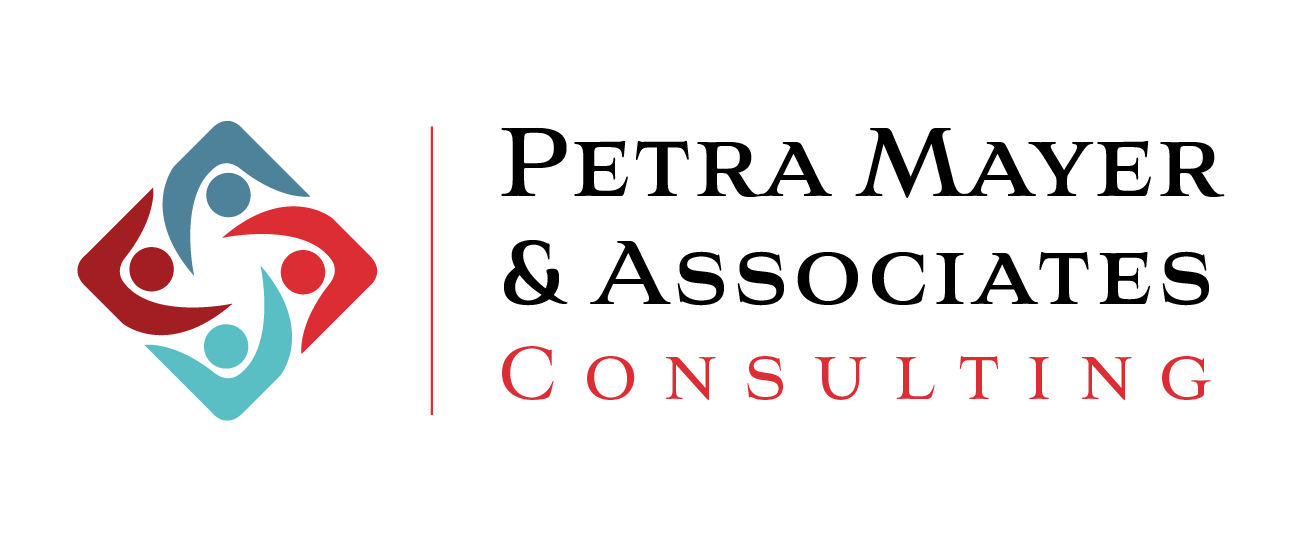The ability to convey the significance of IT initiatives to non-technical stakeholders is essential. IT professionals often face the challenge of making complex technical concepts understandable and relevant to those without a technical background. By employing a strategic communication approach, IT experts can bridge this gap, ensuring their contributions are both recognized and appreciated.
Aligning IT Projects with Business Objectives
Aligning IT projects with broader business objectives is a powerful way to demonstrate their strategic value. When IT initiatives are synchronized with business goals, they not only contribute to the company’s success but also enhance their perceived value among non-technical stakeholders. For example, if a business aims to improve customer satisfaction, showcasing how a new IT system streamlines customer service can highlight its importance. This alignment transforms IT from a support function into a key driver of business growth, fostering a collaborative environment where everyone works towards a shared vision.
Understanding Your Audience
To start, it’s essential to understand the background, knowledge, and interests of your audience. Knowing your target audience begins with defining their characteristics, studying your current stakeholders, and even examining your competitor’s target market. This understanding allows you to tailor your message, ensuring it captures attention and builds trust. For instance, if your stakeholders are primarily concerned with cost efficiency, emphasize how your IT solutions can reduce expenses and improve productivity.
Communicating the Value of Cybersecurity
When explaining the value of IT, comparing cybersecurity measures to home security systems can effectively illustrate their importance. Just as locks, alarms, and surveillance cameras protect a house from intruders, firewalls, encryption, and threat detection safeguard a company’s digital assets from cyber threats. This analogy helps non-technical stakeholders understand how proactive IT measures prevent costly breaches and ensure the safety of critical information. By framing cybersecurity as a necessity rather than an option, IT professionals can emphasize its role in maintaining operational stability and building trust with clients and customers.
Enhancing Communication Through Retrospectives
To effectively communicate the value of IT, leveraging project retrospectives is a powerful tool for growth and transparency. These sessions allow teams to openly discuss what worked well in their communication with stakeholders and identify areas for improvement. By documenting successes, such as clear explanations of technical achievements, and addressing gaps, like missed opportunities to highlight value, IT professionals can refine their approach. Retrospectives also create a collaborative environment where feedback from both technical and non-technical participants shapes future strategies.
Creating Feedback Loops
Incorporating feedback loops is a critical strategy to ensure stakeholders fully understand and engage with the value of IT. By creating opportunities for stakeholders to ask questions, provide input, and share concerns, you can gauge whether the information you’ve presented resonates and addresses their needs. These loops foster a two-way dialogue, enabling you to clarify complex concepts and adapt your messaging for greater impact. Regular check-ins or follow-up surveys can help identify gaps in understanding and demonstrate your commitment to transparency and collaboration.
Feedback loops are also essential in training environments to ensure that learning objectives are met and the material is relevant. By gathering input from participants, trainers can adjust their approach to better meet the needs of the group. This could mean clarifying tricky concepts, providing extra resources, or using examples that resonate more with the audience.
In the LMS implementation process, feedback loops are equally important. They help ensure both trainers and end-users have the support they need to successfully adopt the new system. Follow-up activities, like post-training surveys or one-on-one coaching, reinforce learning and provide valuable insights to improve future sessions.
Integrating feedback loops into training programs not only improves engagement but also helps organizations continuously refine their offerings for better results.
Using Relatable Language
Effectively communicating with non-technical stakeholders requires a thoughtful approach that respects their intelligence while acknowledging their unfamiliarity with technical jargon. By translating complex ideas into relatable analogies or metaphors, you can make technical concepts more accessible. For instance, explaining a data backup system as a “digital safety net” can help stakeholders understand its importance. Tailor your language to match their needs and interests, ensuring your message is both accessible and relevant.
Highlighting How IT Grows Revenue
To communicate the value of IT effectively, link its contributions directly to revenue growth and market competitiveness. Highlight how IT initiatives, such as implementing advanced data analytics or automating processes, drive efficiency, reduce costs, and open new revenue streams. Emphasize how investments in IT, like scalable infrastructure or innovative customer-facing technologies, give your organization a competitive edge by improving user experiences and enabling faster response to market trends.
Incorporating these strategies into your communication efforts can significantly enhance the understanding and appreciation of IT’s role within an organization. By aligning IT initiatives with business goals and fostering open communication, you not only highlight the value of your work but also contribute to a more cohesive and successful business environment.
About the Author
Brittany Fisher is passionate about technology and its ability to make everyday life easier. She loves exploring new tools and ideas and combines her interest in tech with a commitment to helping others make smart choices. On her site, FinanciallyWell.info, Brittany shares practical tips and creative solutions to help people reach their goals.

